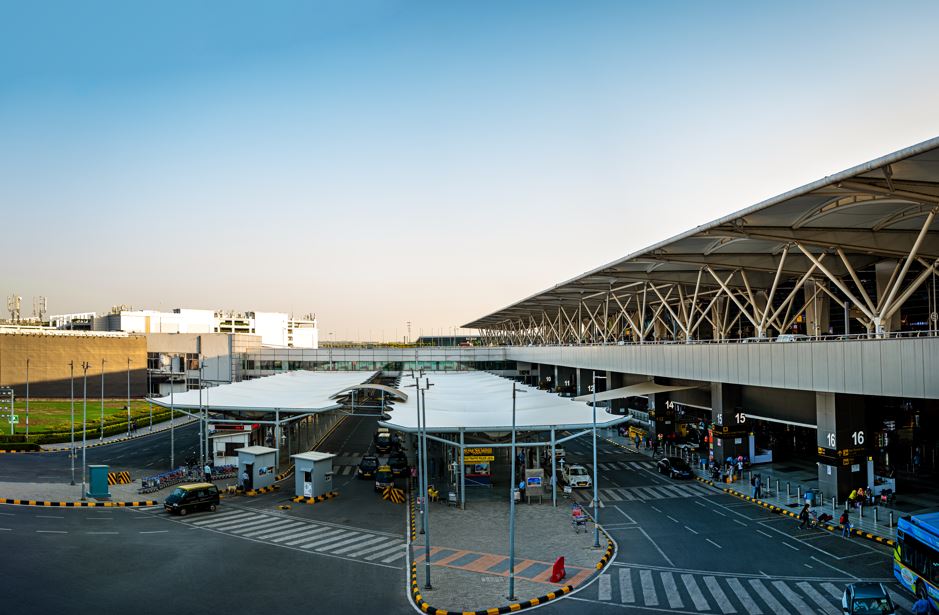
Aviation accounts for approximately 2.5% of global carbon emissions—with airports themselves playing a significant role in the industry's environmental footprint.

In today’s global push toward sustainability, airports stand at the forefront of critical infrastructure with significant environmental footprints. Operating around the clock and serving as high-traffic transportation hubs, they consume vast amounts of energy and contribute notably to carbon emissions.

Fire detection and alarm systems are critical components of comprehensive building safety strategies. While human vigilance and proper safety protocols remain foundational in fire prevention and response, automated detection systems provide early warnings that can mean the difference between a minor incident and a catastrophic event.

Airports are no longer just transit hubs—they are evolving into dynamic, tech-driven ecosystems that enhance passenger experience, operational efficiency, and sustainability. As aviation adapts to the rapid pace of technological advancements, airports must redefine their infrastructure to stay competitive and meet rising traveler expectations.